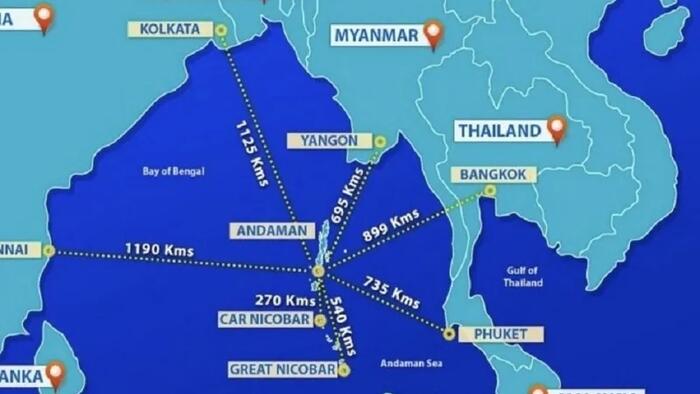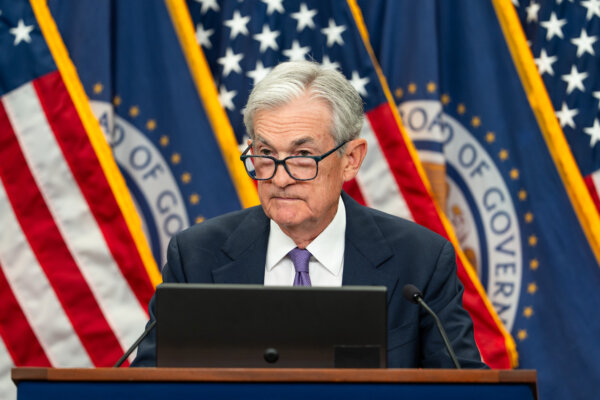Authored by Andrew Korybko via Substack,
Lots of attention was drawn to the Great Nicobar Island Project (GNIP) last month, which aims to develop this namesake island in India’s Andaman and Nicobar Islands union territory, after Indian National Congress leader Sonia Gandhi published an op-ed at The Hindu lambasting it. Her criticisms mostly center on its potential environmental consequences while ignoring its geostrategic significance, thus prompting the ruling BJP spokesman to rhetorically ask on whose behalf she’s lobbying against it.
For background, India has been practicing what it calls the Act East Policy for over a decade after Prime Minister Narendra Modi rebranded the Look East Policy in 2014 to emphasize his proactive intentions, which aim to comprehensively strengthen ties between his civilization-state and ASEAN. The Trilateral Highway with Myanmar and Thailand was supposed to be this policy’s flagship project but has run into trouble due to the latest phase of Myanmar’s civil war.
The GNIP is now envisaged as the new flagship.
As Savitri Mumukshu wrote on X, “By developing Great Nicobar into a deep-sea port, airport, and military hub, India gains a vital strategic foothold just 160 km from the Malacca Strait, a vital chokepoint through which 80% of China’s oil imports and 40% of global trade pass. This allows India to monitor maritime traffic, project power across the eastern Indian Ocean, and quickly use naval and air assets”.
Some words will now be said about this insight in light of the nascent Sino-Indo rapprochement.
Mutually friendly rhetoric from the past few weeks aside, China and India are still veritably competitors with one another, if not still rivals. All that’s recently changed is that there now appears to be a renewed interest in responsibly managing border tensions with a view towards gradually growing bilateral trade. This is a significant achievement given the bad blood between them since summer 2020’s lethal clashes over the Galwan River Valley but neither is naively imagining that the other is now a trusted partner.
India practices what can be described as a Hyper-Realist foreign policy in the sense that its Minister of External Affairs explicitly details his country’s interests and openly seeks to advance them. This contrasts with most countries’ top diplomats, who usually only hint at what their interests are and then quietly pursue them. There’s no ambiguity when it comes to Indian foreign policy. The GNIP can therefore be interpreted as a means of counterbalancing what it considers to be China’s regional hegemonic policies.
It’s unimportant whether observers share India’s assessment of China’s regional approach since all that matters is that the GNIP is meant to become the new lynchpin of its Act East Policy. It’s outwardly driven by economic imperatives but crucially includes unstated military-strategic goals with respect to entrenching India’s envisaged role as the guardian of its eponymous ocean. These aren’t objectively threatening to China but are intended to counterbalance and deter it in case tensions one day return.
With all this insight in mind, while some critics of the GNIP might truly mean well, their advocacy against it inadvertently harms India’s grand strategic interests. The global systemic transition to multipolarity is such that Great Powers like India are independently advancing their interests vis-à-vis their peers like China. This isn’t a sign of unipolarity’s impending return like some members of the Alt-Media Community might fear but a natural development that stabilizes the emerging balance of power.
Loading recommendations…











